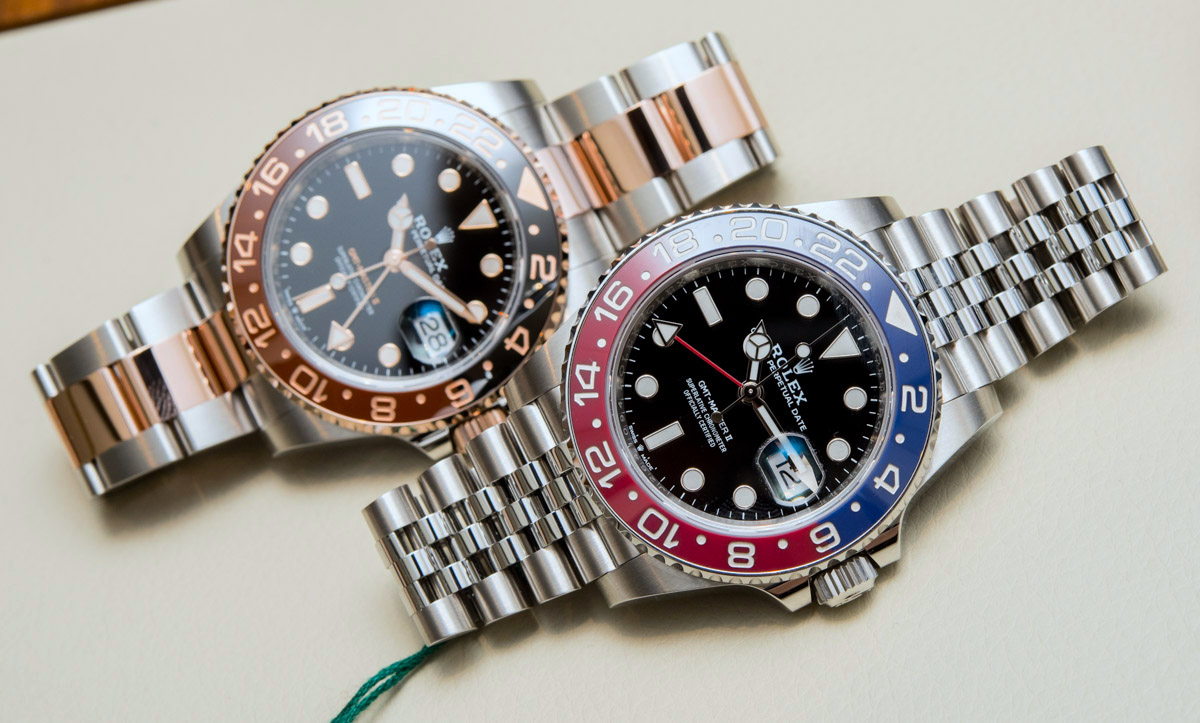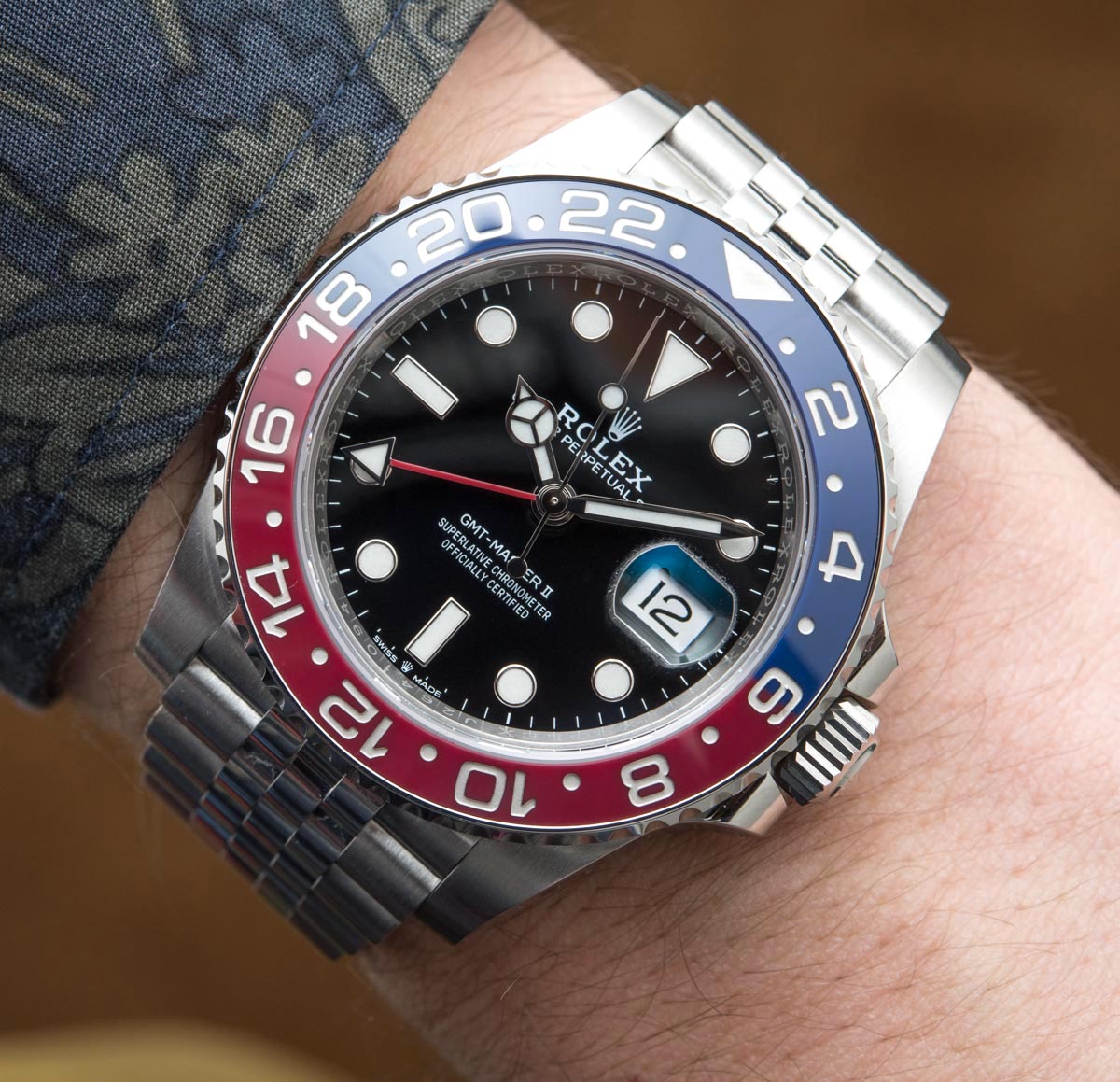Have you perhaps noticed that some brand new watches are on the market for above retail price, and on top of that appear impossible to get? As you read these words someone, somewhere is trying to purchase a brand new Rolex, Patek Philippe, Audemars Piguet, or something else from a select few number of brands whose close to entry-level watches might currently be very hot commodities. That translates into a frustrating buying experience where authorized dealers can’t get you what you want (or sometimes force you to play games to purchase something for retail price).
Things aren’t much better online as those same watches are available (if they are at all) in both new and pre-owned condition often for more than retail price. Pure capitalism is alive and well for certain luxury sport watches… or is it? Let’s discuss an interesting phenomenon we at aBlogtoWatch have been noticing that should be of particular interest for anyone keen to get a popular sport watch from certain brands in the the next several years.
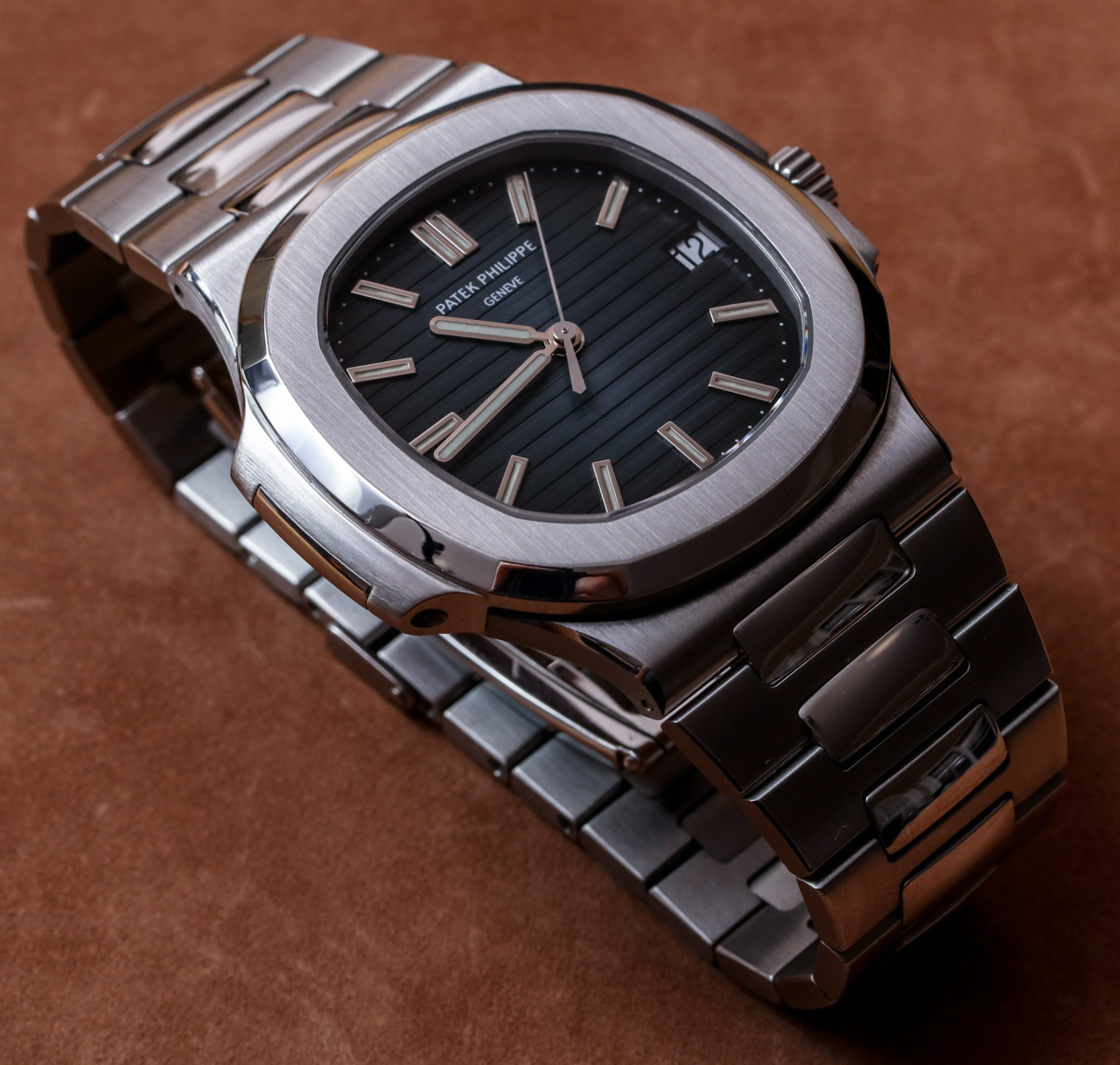
Rolex, Patek, & Co.: Hot Watches, Hot Prices
The market for luxury products such as wristwatches is highly reliant on human emotions and perception. Dealers of artistic or lifestyle luxuries have long known that perception and availability are for many consumers much more important than actual inherent value. That means even a temporary “high-demand trend” can quickly translate into more demand than supply.
Luxury seekers end up focusing more on the fact that a product is hard to get versus what that actual product is inherently worth much of the time. In some instances a very “good” product will also be hard to get, which further decreases ease of acquisition because the items are both inherently valuable and actually scarce. A product (or experience) being desirable because it is hard to get is what we refer to when something is “exclusive.” The idea being that it is desirable specifically because it is uncommon – and watch brands know how much this emotion can galvanize watch collector purchase behavior.
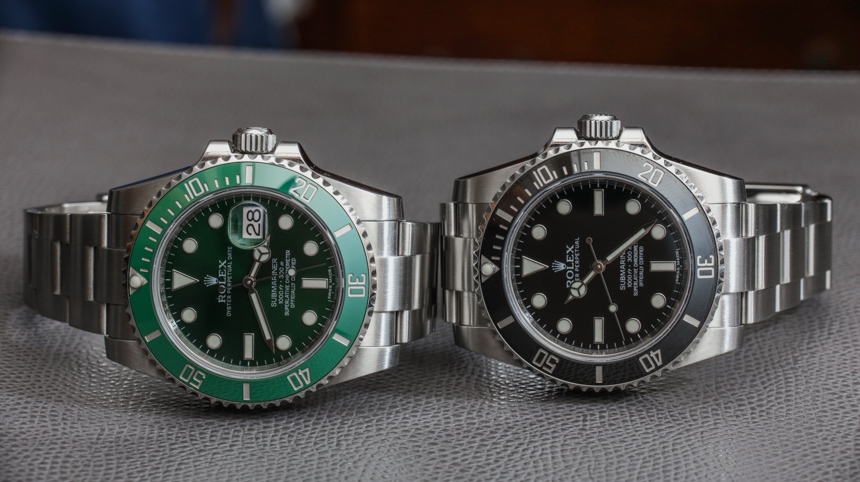
Exclusivity can come naturally when something is limited in production because of complexity or the scarcity of raw materials or parts. Exclusivity can also be artificially created by producing less of a product than is known can be sold. This limits short-term profits because a company is selling less than they know they can sell, but can actually increase long-term profits because limiting supply keeps fans both engaged and in emotional demand for a limited set of goods, which now carry known exclusivity value. Also, the brands we are talking about choose particular halo products which have limited supply, while supplying other watches much more easily (but often at more expensive retail prices). This means brands typically don’t restrict all the products they make, just some of them in order to galvanize collector interest and zeal.
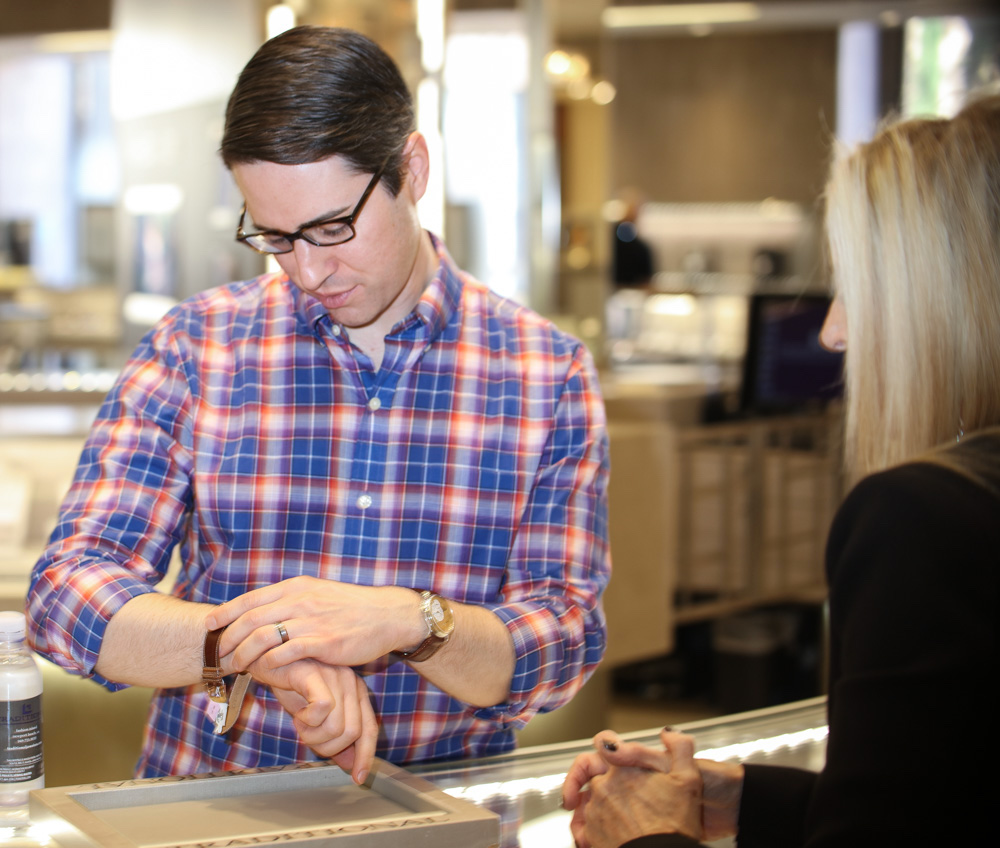
Clearly not everyone is as interested in the psychology as I am, but to make a long story short it is our distinct belief (based on plenty of evidence) that some of the more clever (and independently owned) watch companies are going to be increasingly limiting supply of high-demand sport watches in order to increase demand. This will happen even if it means lowering short-term profits in the form of sales for those specific watches. It is a tactic that only works for stable brands with a long-term vision… and it requires incredible discipline. Discipline typically entirely non-existent in publicly traded or more short-term focused watch brands.

The strategy is simple; based on market demand, limit the availability of entry-level or close to entry-level sport lifestyle watches from brands also known for much higher-end goods. For example at brands like Rolex and Patek Philippe, that means making it easy for a consumer to get a more expensive complicated or precious metal-based watch, but much more challenging to get a simple steel timepiece. If you have been doing business long enough, you tend to know the types of watches your consumers like, and can thus predict which watches you need to carefully dole out to retailers.
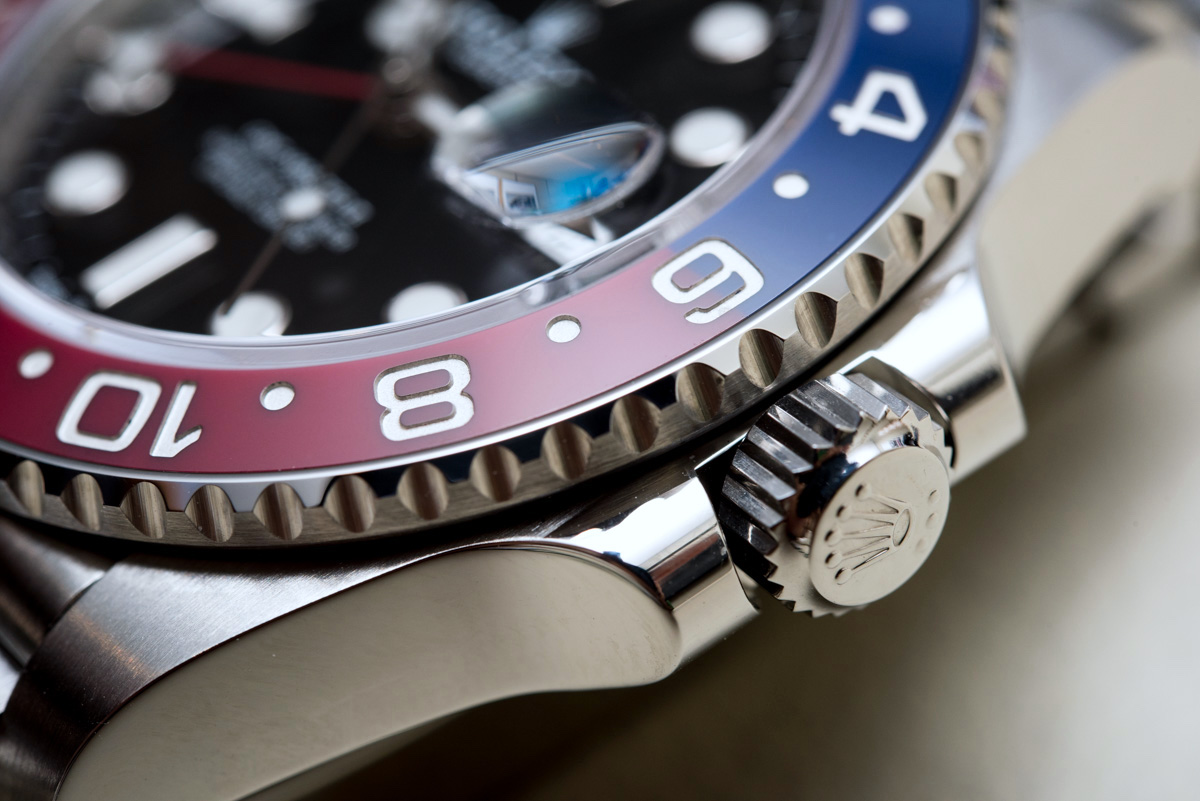
The method of creating scarcity is simple – just don’t send watches to stores. More so, don’t let stores know what they will be getting. While it isn’t our place to discuss the shipping practices of watch brands in this article, I can say that retailers routinely do not know what watches they will receive, or when. Let’s say, for instance, you are a Rolex retailer and have 10 customers that have paid down payments for the new Rolex GMT-Master II in steel with the “Pepsi” ceramic bezel.
Rolex doesn’t just send you watches each time you order them. Rather, they randomly send you watches and as a retailer you have no way of knowing when you’ll be able to satisfy each of those 10 clients. On top of that, each time Rolex finally does send you one of its more in demand watches, you have to carefully decide what clients (customers) you wish to be the most loyal to. There have accordingly been upsides and downsides to the fact that retailers are forced to discriminate among their total pool of possible customers.
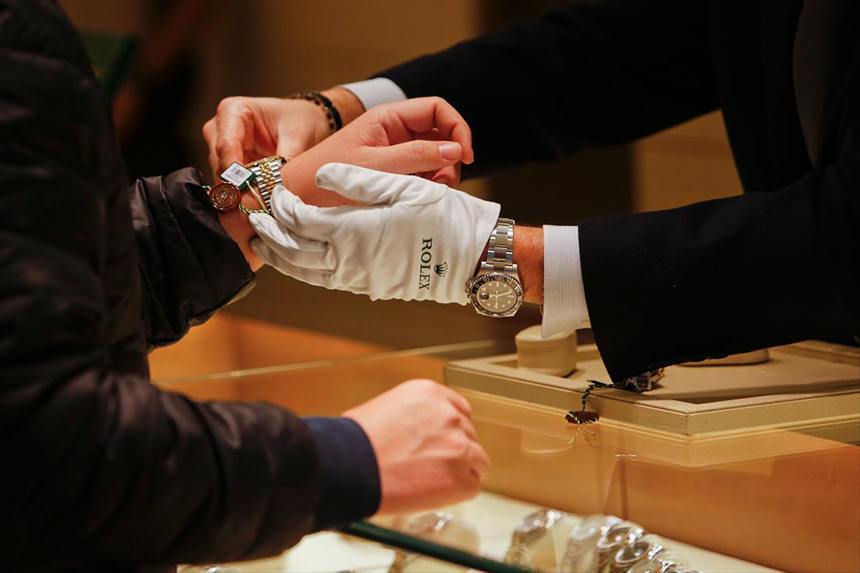
Paying For The Right To Buy Rolex, Patek, & Others At Retail
Imagine a retailer informing you that in order to purchase a luxury steel watch at retail price you need to spend a certain amount of money on the brand or at the store before you are eligible to do so. To many people that might sound a bit crazy, but it is happening all the time at retailers across the world who are authorized to sell some of the hottest luxury watches currently in demand. Customers are actually expected to pay several times the value of a watch in other watches, just to be able to have the privilege of purchasing an in-demand watch at retail price. This practice is only possible because consumers put up with it, and because brands allow it. This strategy for retailers with the guts to employ it also has the benefit of helping them sell some of the less popular watches they have in their store.
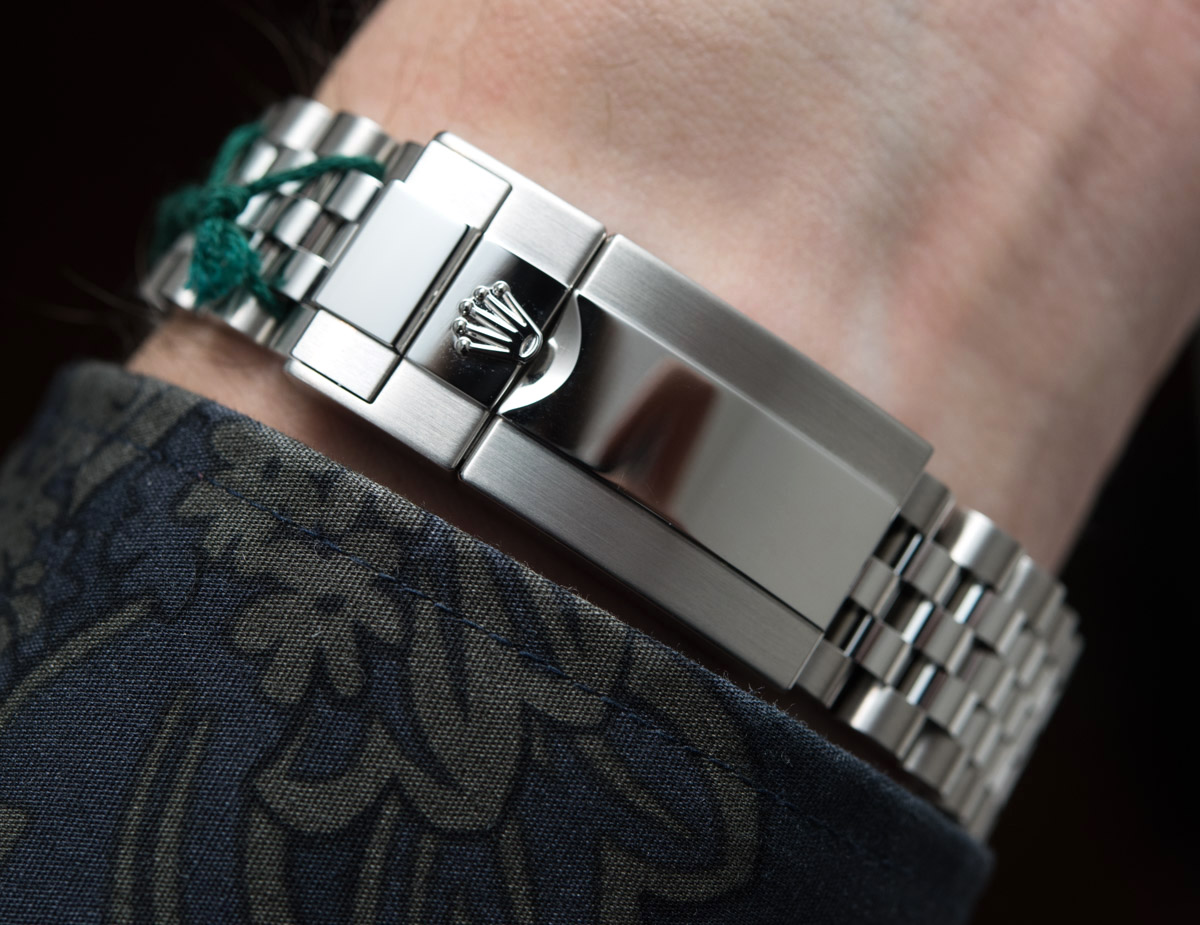
Luxury buyers are uniquely durable in what they will put up with when it comes to being asked to spend extra money. Remember, if you have a high disposable income, the excitement of retail therapy isn’t always in what you can afford, but what you can manage to acquire. That means rarity can seem to have increased value for some collectors over inherent value. A big part of this is because rarity is easier to perceive than inherent quality when trying to determine overall product value. The point here is that to ignore rarity (exclusivity) as a source of value, a consumer must not only choose to ignore how other consumers are acting, but also invest time and energy into understanding how to perceive inherent value in a product category.

Sophisticated and mature watch collectors take their ability to do this for granted much of the time. It is easy to forget how difficult it is to make a decision about a product category when you are just starting to get into it. Only through experience and education are you as a collector able to judge the inherent value of an item such as a watch. That means to understand why a Rolex is a good watch is much more challenging than to notice that others appear to value it as a good watch. The result is that there will most always be more watch lovers who know about what watches are in demand versus why they are in demand. It’s not news to anyone that Rolex prices make the product exclusive, but what makes the product a Rolex isn’t as obvious as a number.
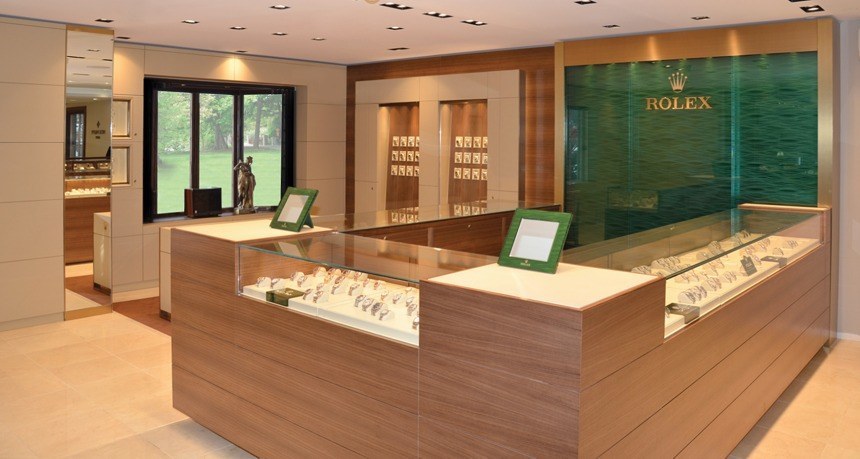
A Drastic Response To Oversupply Of Wristwatch Inventory
To help understand why some popular watch brands are so keen to limit supply of popular watches, it is important to understand the period of chronic oversupply that we are slowly exiting from. Over the last two decades or so, watch brands increasingly owned by large corporate interests attempted to grow their markets. That meant aggressively opening new stores or retail locations all over the world, and producing watches to fill those stores, displays, and windows. All those watches needed to go somewhere, and it wasn’t all into the hands of consumers. Because of unrealistic demands for growth, luxury watch brands produced more watches than consumers were actually willing to buy (at any price).

